Home>Articles>How To Keep Ice Cream From Getting Freezer Burn
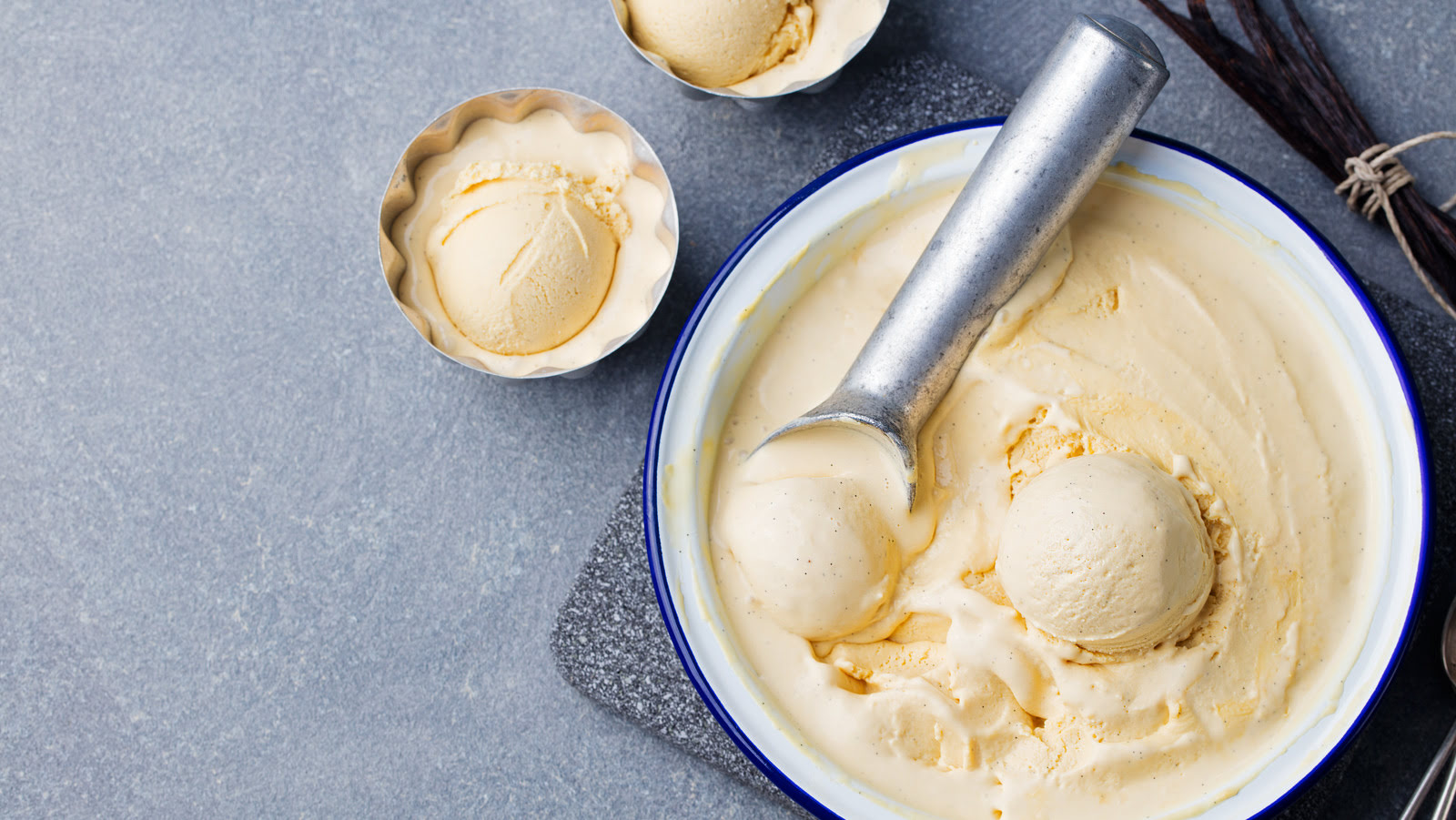

Articles
How To Keep Ice Cream From Getting Freezer Burn
Modified: February 19, 2024
Discover effective methods to prevent freezer burn on your favorite ice cream. Read our informative articles on how to keep ice cream fresh and delicious in your freezer.
(Many of the links in this article redirect to a specific reviewed product. Your purchase of these products through affiliate links helps to generate commission for Storables.com, at no extra cost. Learn more)
Introduction
Ice cream is a popular treat enjoyed by people of all ages. Its creamy texture and refreshing flavors make it a delightful dessert. However, one common issue that can hinder the enjoyment of ice cream is freezer burn. Have you ever taken a scoop of ice cream only to find that it has an unpleasant, icy texture and a slightly off taste? Chances are, you’ve encountered freezer burn.
Freezer burn is a condition that occurs when ice crystals form on the surface of frozen foods, including ice cream. These ice crystals are formed when moisture in the food evaporates and then re-freezes. The result is a dry and freezer-burned texture that can ruin the overall taste and enjoyment of the ice cream.
In this article, we will explore why ice cream gets freezer burn, how it affects the taste and texture, and most importantly, we’ll provide you with some valuable tips and techniques to prevent freezer burn and keep your ice cream in optimal condition.
Key Takeaways:
- Prevent freezer burn on ice cream by tightly sealing containers, avoiding temperature fluctuations, and using airtight packaging. These steps maintain the creamy texture and vibrant flavors of your favorite frozen treat.
- Additional methods, such as double wrapping with plastic, using vacuum sealers, and storing in insulated containers, provide extra protection against freezer burn. Enjoy perfectly preserved ice cream with these innovative techniques.
Read more: How To Store Ice Cream In Freezer
What is Freezer Burn?
Freezer burn is a term commonly used to describe the condition that occurs when frozen food, including ice cream, suffers from dehydration and exposure to air in the freezer for an extended period of time. When ice cream is not properly protected and sealed, it can lose moisture, resulting in the formation of ice crystals on the surface.
So, what exactly happens during freezer burn? Freezer burn is caused by two factors: air and temperature fluctuations in the freezer. When ice cream is exposed to air, the moisture within it starts to evaporate. As a result, the ice cream loses its creamy texture and becomes dry and crystalized.
The temperature fluctuations in the freezer play a significant role in freezer burn. Fluctuations in temperature cause the ice crystals to form and melt repeatedly. These cycles of freezing and thawing cause the ice cream to lose moisture and become susceptible to freezer burn.
Freezer burn not only affects the appearance of the ice cream, but it also impacts its taste and texture. The dry, crystalized texture of freezer-burned ice cream gives it a grainy and unpleasant mouthfeel. Additionally, the exposure to air can cause the ice cream to develop off-flavors or become overly bland.
It’s important to note that while freezer burn affects the quality of ice cream, it does not necessarily make it unsafe to eat. Freezer-burned ice cream is still edible, but it may not provide the same enjoyable experience as a fresh, properly stored container.
Now that we understand what freezer burn is and how it occurs, let’s delve into the reasons why ice cream is particularly susceptible to freezer burn.
Why does Ice Cream get Freezer Burn?
Ice cream is more prone to getting freezer burn compared to many other frozen foods. This is due to its composition and the way it is typically packaged. Here are some reasons why ice cream is particularly susceptible to freezer burn:
- High water content: Ice cream contains a high percentage of water, which is prone to freeze and form ice crystals. As the ice cream is exposed to air in the freezer, the water molecules start to evaporate, leading to a loss of moisture and the formation of ice crystals on the surface, leading to freezer burn.
- Low fat content: Ice cream with a lower fat content tends to be more prone to freezer burn. Fat acts as a protective barrier, helping to prevent the moisture from evaporating. Therefore, ice cream with higher fat content tends to have a better chance at avoiding freezer burn.
- Inadequate packaging: Improper packaging is a common culprit for ice cream developing freezer burn. If the ice cream container is not tightly sealed or if there are any gaps or cracks in the packaging, it allows air to come into contact with the ice cream, resulting in moisture loss and freezer burn.
- Temperature fluctuations: Fluctuations in temperature within the freezer can accelerate the formation of ice crystals on the surface of ice cream. When the freezer temperature rises and falls repeatedly, the ice cream softens, melts in certain areas, and then refreezes. This cycle contributes to the development of freezer burn.
- Long storage duration: The longer ice cream is stored in the freezer, the more likely it is to develop freezer burn. Over time, even with proper packaging, ice cream can still be affected by the slow evaporation of moisture, leading to the formation of ice crystals and resulting in freezer burn.
Understanding why ice cream is prone to freezer burn is essential in taking the necessary steps to prevent it. In the next section, we will share some tips on how to prevent freezer burn and keep your ice cream in optimal condition.
How does Freezer Burn Affect the Taste and Texture of Ice Cream?
Freezer burn not only impacts the appearance of ice cream but also affects its taste and texture. The formation of ice crystals and the loss of moisture can significantly alter the overall quality of the frozen treat:
1. Texture: Freezer-burned ice cream develops a dry, crystalized texture. The ice crystals that form on the surface can create a grainy mouthfeel, giving the ice cream an unpleasant sensation when eaten. Instead of a smooth and creamy texture, freezer-burned ice cream can feel ice-cold and rough on the tongue.
2. Taste: The exposure to air and the loss of moisture can also impact the flavor of ice cream. Freezer-burned ice cream may develop off-flavors or taste dull and less vibrant compared to fresh ice cream. The loss of moisture can cause the flavors to become muted, diminishing the overall taste experience.
3. Melting characteristics: Freezer-burned ice cream can have different melting characteristics compared to properly stored ice cream. The dry texture can cause the ice cream to melt at a different rate and may result in a less creamy consistency. It can also lead to ice cream that is more prone to melting quickly, making it difficult to enjoy slowly or scoop into neatly formed servings.
4. Overall quality: The combination of the changes in texture and taste due to freezer burn can greatly diminish the overall quality of the ice cream. It may no longer be as enjoyable to eat, as the texture becomes unpleasant and the flavors are altered. This can be disappointing, especially if you were looking forward to savoring a delicious scoop of ice cream.
To ensure that your ice cream maintains its original texture, taste, and overall quality, it’s necessary to take proactive measures to prevent freezer burn. In the next section, we will provide you with some useful tips on how to prevent freezer burn and keep your ice cream in optimal condition.
Tips on How to Prevent Freezer Burn on Ice Cream
Preventing freezer burn on ice cream requires proper storage techniques and careful attention to packaging. By following these tips, you can ensure that your favorite frozen treat remains delicious and free from freezer burn:
- Seal tightly: Make sure that the container holding the ice cream is tightly sealed. This helps to prevent air from entering and coming into contact with the ice cream, reducing the chances of moisture loss and freezer burn. Consider using airtight containers or resealable freezer bags for added protection.
- Avoid temperature fluctuations: Keep your freezer temperature consistent to minimize the formation of ice crystals on the ice cream’s surface. Ideally, maintain a temperature of around 0°F (-18°C) for optimal storage conditions.
- Use a freezer-safe container: When selecting containers for storing ice cream, opt for those specifically designed for freezer use. These containers are often made of thicker, more durable material to provide better insulation and protection against freezer burn.
- Wrap tightly with plastic wrap: If you’re using an open container or an ice cream tub with a removable lid, secure a layer of plastic wrap directly on the surface of the ice cream before replacing the lid. This extra layer acts as a barrier and helps to prevent air exposure.
- Store at the back of the freezer: The back of the freezer tends to be colder and experiences fewer temperature fluctuations compared to the front. Store your ice cream containers at the back to minimize exposure to warmer air when the freezer door is opened.
- Avoid prolonged storage: While ice cream can be stored in the freezer for several weeks, it’s best to consume it within a reasonable time frame to minimize the risk of freezer burn. Check the expiration date on the packaging and try to finish it before that date.
- Limit exposure to air: When scooping ice cream, work quickly to minimize the time the container is left open. Exposing the ice cream to air for extended periods increases the chance of moisture loss and the formation of ice crystals.
- Organize your freezer: Keeping a well-organized freezer allows you to easily locate your ice cream containers without having to rummage through other frozen items. This reduces the time the freezer door is open, minimizing temperature fluctuations and potential air exposure.
By implementing these tips, you can greatly reduce the risk of freezer burn and enjoy your ice cream in its optimal condition. However, if you still find that your ice cream has developed freezer burn, don’t worry. There are methods to help protect ice cream from freezer burn, which we will explore in the next section.
To prevent ice cream from getting freezer burn, press a piece of wax paper or plastic wrap directly onto the surface of the ice cream before putting the lid on the container. This will help create a barrier and prevent ice crystals from forming.
Read more: How To Get Rid Of Freezer Burn
Proper Storage Techniques for Ice Cream
Proper storage techniques are essential to maintain the quality of ice cream and prevent freezer burn. By following these guidelines, you can ensure that your ice cream stays fresh and delicious:
- Store at the right temperature: Set your freezer temperature to 0°F (-18°C) or below. This temperature ensures that the ice cream remains properly frozen and minimizes the risk of freezer burn.
- Keep in the original container: Ice cream manufacturers design their containers to provide optimal insulation and protection. Whenever possible, store the ice cream in its original container and avoid transferring it to other containers, as this can increase the chances of air exposure.
- Wrap tightly with plastic wrap: If the ice cream does not come in a container with a lid, tightly wrap the entire container with plastic wrap. This extra layer of protection helps to prevent air exposure and moisture loss.
- Place in the coldest part of the freezer: Store the ice cream containers in the coldest section of your freezer, usually the back. This area experiences fewer temperature fluctuations each time the freezer door is opened, minimizing the risk of freezer burn.
- Use airtight containers: If you need to transfer ice cream to another container, ensure that it is airtight and specifically designed for freezer use. Airtight containers prevent air from entering and protect the ice cream from freezer burn.
- Avoid overcrowding: Do not overcrowd the freezer with too many items, as this can restrict airflow and lead to uneven freezing. Ensure that there is enough space around the ice cream containers for proper air circulation.
- Avoid storing near strong-smelling foods: Ice cream can absorb odors from other strongly scented foods in the freezer. To maintain the desired flavor and aroma of the ice cream, keep it away from foods like fish, onions, or garlic.
- Keep the lid tightly closed: Whenever you take out ice cream from the freezer, make sure to promptly close the lid of the container. This prevents unnecessary air exposure and helps maintain the optimal texture and taste of the ice cream.
By following these proper storage techniques, you can significantly extend the shelf life of your ice cream and keep it free from freezer burn. However, if freezer burn still occurs, don’t worry. There are additional methods you can try to protect ice cream from freezer burn, which we will explore in the next section.
How to Protect Ice Cream from Freezer Burn using Different Methods
While proper storage techniques can go a long way in preventing freezer burn on ice cream, there are additional methods you can use to provide extra protection. These methods help create a barrier against air exposure and preserve the quality of the ice cream:
- Double wrap with plastic wrap: For added protection, consider double wrapping the ice cream container with plastic wrap. Start by wrapping the container itself tightly, then wrap it again with a second layer. This creates an extra barrier to prevent air and moisture from reaching the ice cream.
- Use freezer-safe bags: Another method is to transfer the ice cream to freezer-safe bags before placing them back in the freezer. Squeeze out any excess air from the bag before sealing it tightly. This method helps to eliminate air exposure and reduce the risk of freezer burn.
- Use a vacuum sealer: Investing in a vacuum sealer can be a worthwhile option for long-term storage. Vacuum sealing removes air from the packaging, creating an airtight seal around the ice cream. This method significantly reduces the chances of freezer burn and helps to preserve the freshness of the ice cream.
- Wrap with aluminum foil: Consider wrapping the ice cream container with a layer of aluminum foil in addition to plastic wrap. Aluminum foil provides an extra layer of insulation and protection against temperature fluctuations, helping to maintain the proper freezing temperatures for the ice cream.
- Store in an insulated container: If you frequently experience freezer burn on ice cream, you may want to invest in an insulated container specifically designed for storing ice cream. These containers help maintain a consistent temperature and prevent air exposure, reducing the risk of freezer burn.
- Transfer to smaller containers: Dividing the ice cream into smaller containers can help minimize air exposure. When you take out a smaller container to enjoy, the rest of the ice cream remains undisturbed, reducing the chances of freezer burn.
- Use wax paper or parchment paper: Place a layer of wax paper or parchment paper on the surface of the ice cream before closing the container. This helps to create a protective barrier and prevents ice crystals from forming on the surface of the ice cream.
- Wrap with plastic wrap and place in a resealable bag: For an added layer of protection, wrap the ice cream container with plastic wrap and then place it inside a resealable freezer bag. This double layer of packaging provides extra insulation and helps to prevent freezer burn.
By utilizing these methods, you can further safeguard your ice cream and reduce the risk of freezer burn. Experiment with different techniques to find the one that works best for you and enjoy freezer burn-free ice cream every time!
Frequently Asked Questions about Freezer Burn and Ice Cream Storage
Understanding the ins and outs of freezer burn and ice cream storage can help ensure that you can enjoy your frozen treats without any unpleasant surprises. Here are some frequently asked questions regarding freezer burn and ice cream storage:
Q: Can you still eat ice cream with freezer burn?
A: Yes, freezer-burned ice cream is still safe to eat. However, it may have a grainy texture and a slightly off taste. While it may not be as enjoyable as fresh ice cream, it is still edible.
Q: Can you prevent freezer burn on homemade ice cream?
A: Yes, homemade ice cream can also be at risk of freezer burn. To prevent it, ensure that you use proper storage techniques such as using airtight containers, wrapping tightly in plastic wrap, and placing it in the coldest part of the freezer.
Q: Can freezer burn be reversed?
A: Unfortunately, once freezer burn occurs, it cannot be reversed. The changes in texture and taste are permanent. The best approach is to prevent freezer burn from happening in the first place by using proper storage methods.
Q: Is it better to store ice cream in the freezer door or the main compartment?
A: It is generally best to store ice cream in the main compartment of the freezer rather than the freezer door. The main compartment is colder and experiences fewer temperature fluctuations when the freezer door is opened, reducing the risk of freezer burn.
Q: How long can you store ice cream before it develops freezer burn?
A: The length of time before ice cream develops freezer burn can vary depending on several factors, such as the quality of the packaging and storage conditions. Generally, it is best to consume ice cream within a few months to ensure its optimal quality.
Q: Can you refreeze ice cream that has started to develop freezer burn?
A: It is generally safe to refreeze ice cream that has started to develop freezer burn. However, keep in mind that refreezing will not reverse the effects of freezer burn and the quality may continue to degrade.
Q: Can you prevent freezer burn by placing cling film directly on the ice cream?
A: Placing cling film directly on the ice cream surface can create an additional barrier against air exposure and may help prevent freezer burn. Make sure to tightly wrap the cling film to ensure a proper seal.
Q: Does using a frost-free freezer prevent freezer burn?
A: Frost-free freezers automatically defrost, which can lead to temperature fluctuations and increased air circulation. These conditions can contribute to freezer burn. However, proper packaging and storage techniques can still help prevent freezer burn even in a frost-free freezer.
By understanding these frequently asked questions and taking the necessary precautions, you can ensure that your ice cream stays freezer burn-free and maintains its delicious taste and texture.
Conclusion
Freezer burn can be a frustrating experience, especially when it affects our beloved ice cream. The dry, crystalized texture and altered taste can significantly impact our enjoyment of this tasty treat. However, by understanding what freezer burn is and implementing the right storage techniques, we can prevent freezer burn and keep our ice cream in optimal condition.
Proper storage techniques, such as sealing tightly, avoiding temperature fluctuations, and using airtight containers, play a crucial role in preventing freezer burn on ice cream. Additionally, wrapping the ice cream with plastic wrap, using freezer-safe bags, and utilizing vacuum sealers can provide extra protection against air exposure and moisture loss.
It’s essential to store ice cream in the coldest part of the freezer, avoid overcrowding, and minimize the time the container is left open to reduce the risk of freezer burn. By following these guidelines and maintaining a well-organized freezer, we can ensure that our ice cream remains delicious and free from freezer burn for as long as possible.
While freezer-burned ice cream is still safe to eat, taking proactive measures to prevent it can help us enjoy the best possible texture and flavor. By protecting ice cream from freezer burn, we can savor the smooth and creamy goodness that makes ice cream such a beloved dessert.
Remember, even if your ice cream does develop freezer burn, don’t despair. There are methods to protect ice cream from freezer burn, such as double wrapping, using insulated containers, or transferring to smaller containers. These methods can help minimize the impact of freezer burn and still allow you to enjoy your frozen treat.
With the right knowledge and techniques, you can keep your ice cream freezer burn-free, ensuring that each scoop brings joy and satisfaction. So, go ahead, stock up on your favorite flavors, and confidently indulge in the cool and creamy delight of perfectly preserved ice cream.
Frequently Asked Questions about How To Keep Ice Cream From Getting Freezer Burn
Was this page helpful?
At Storables.com, we guarantee accurate and reliable information. Our content, validated by Expert Board Contributors, is crafted following stringent Editorial Policies. We're committed to providing you with well-researched, expert-backed insights for all your informational needs.
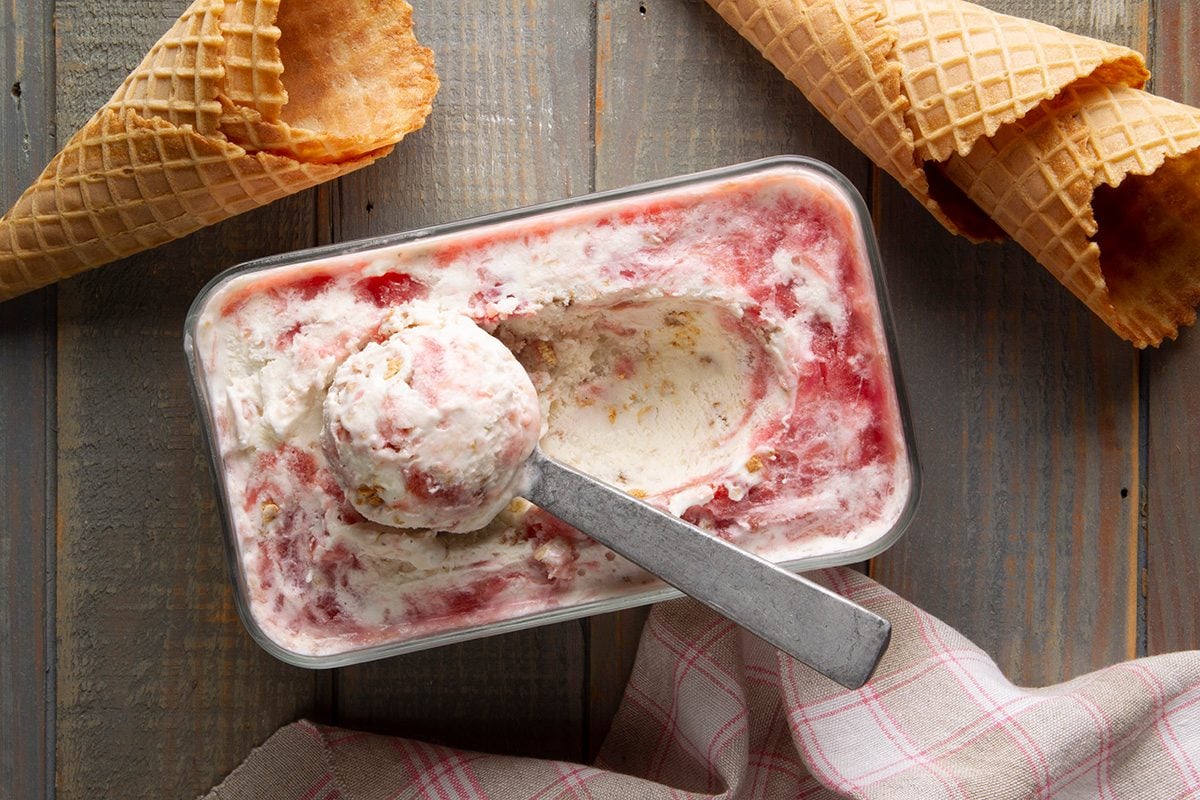

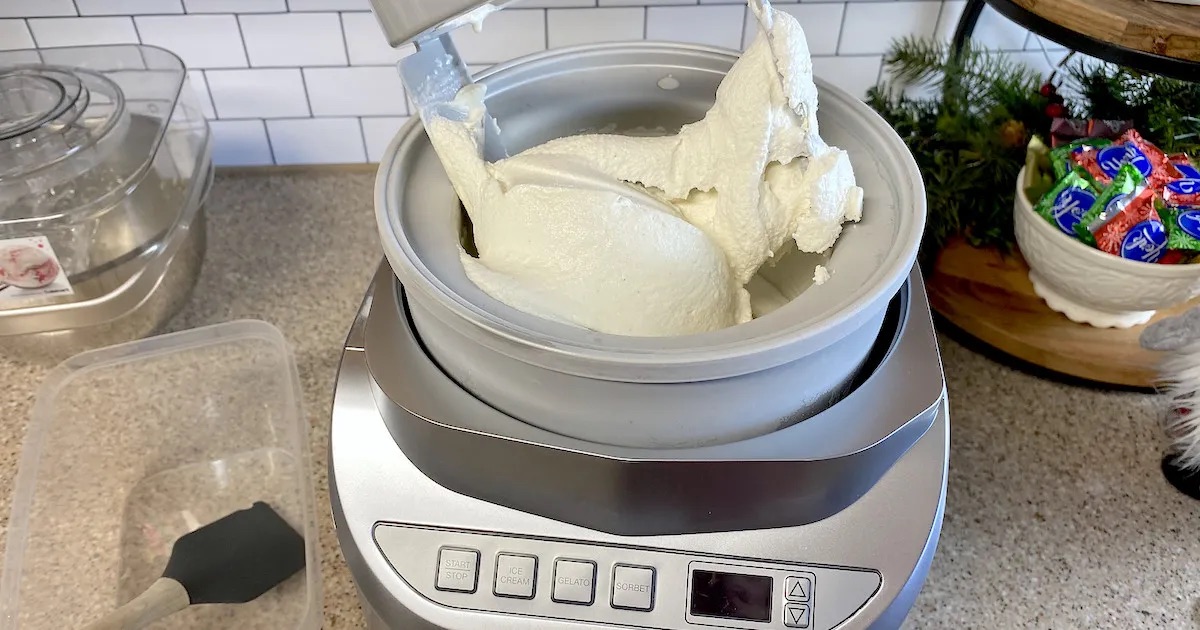
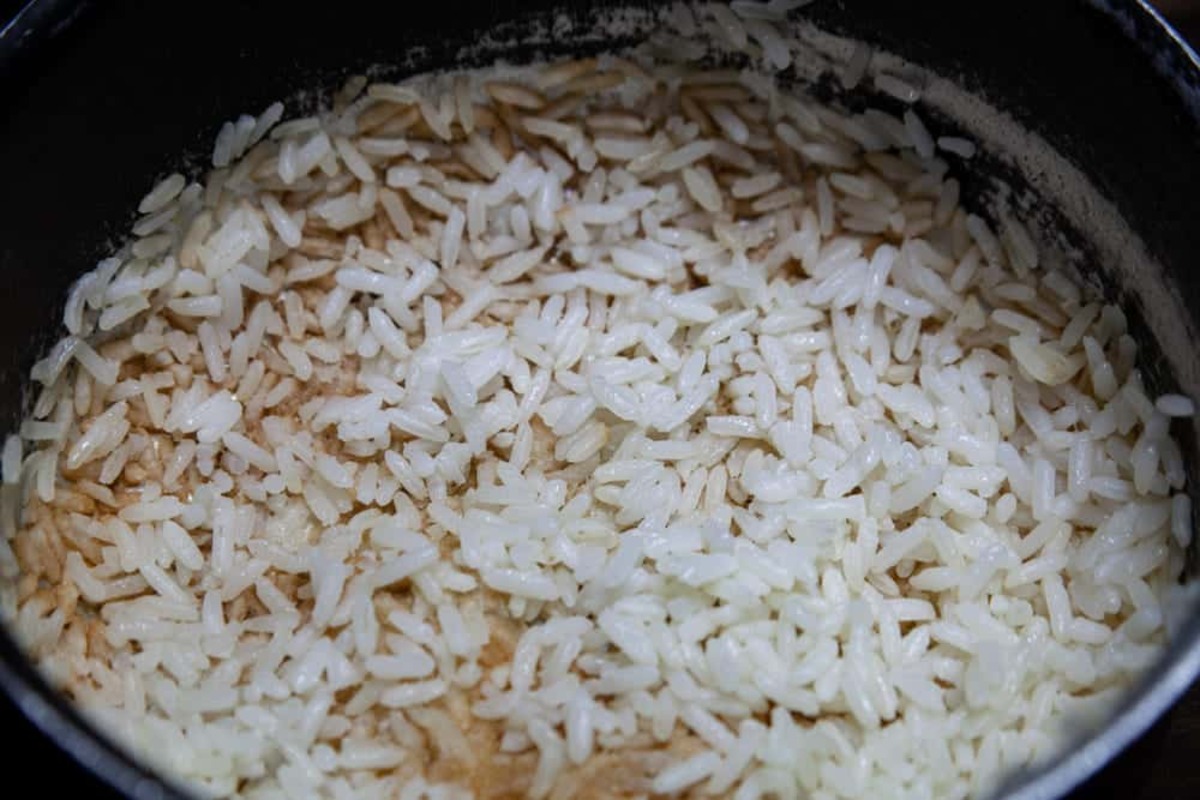
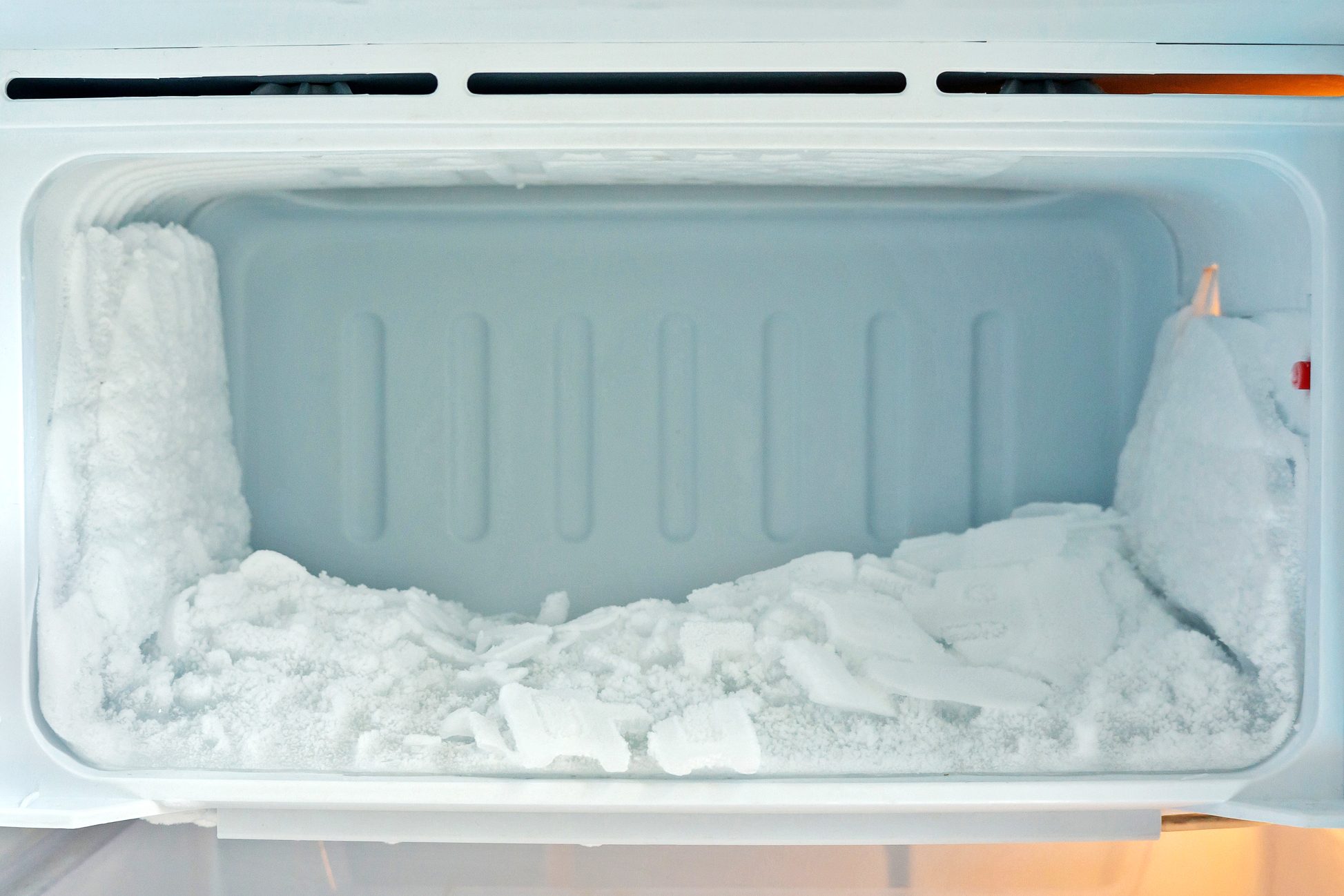
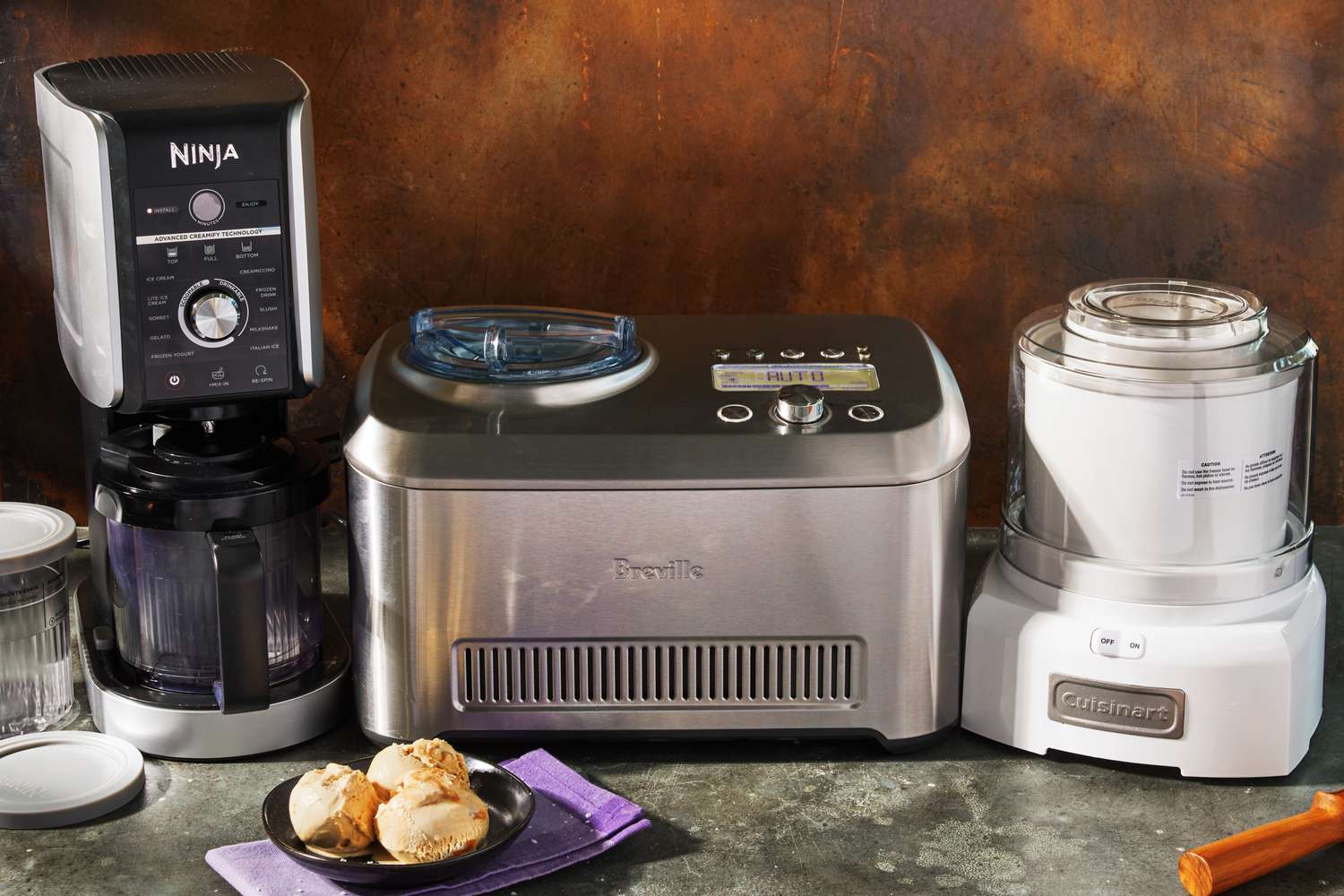
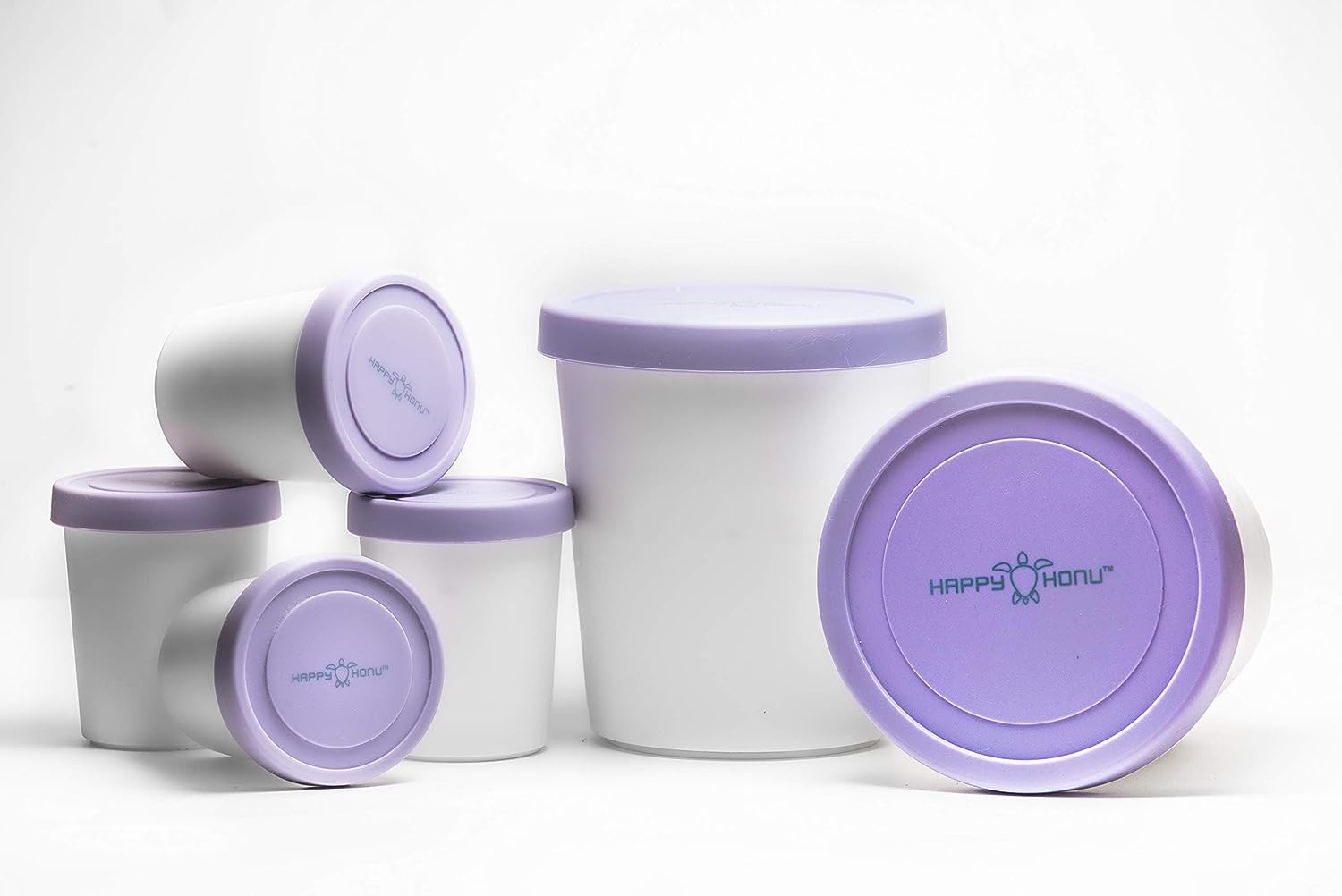
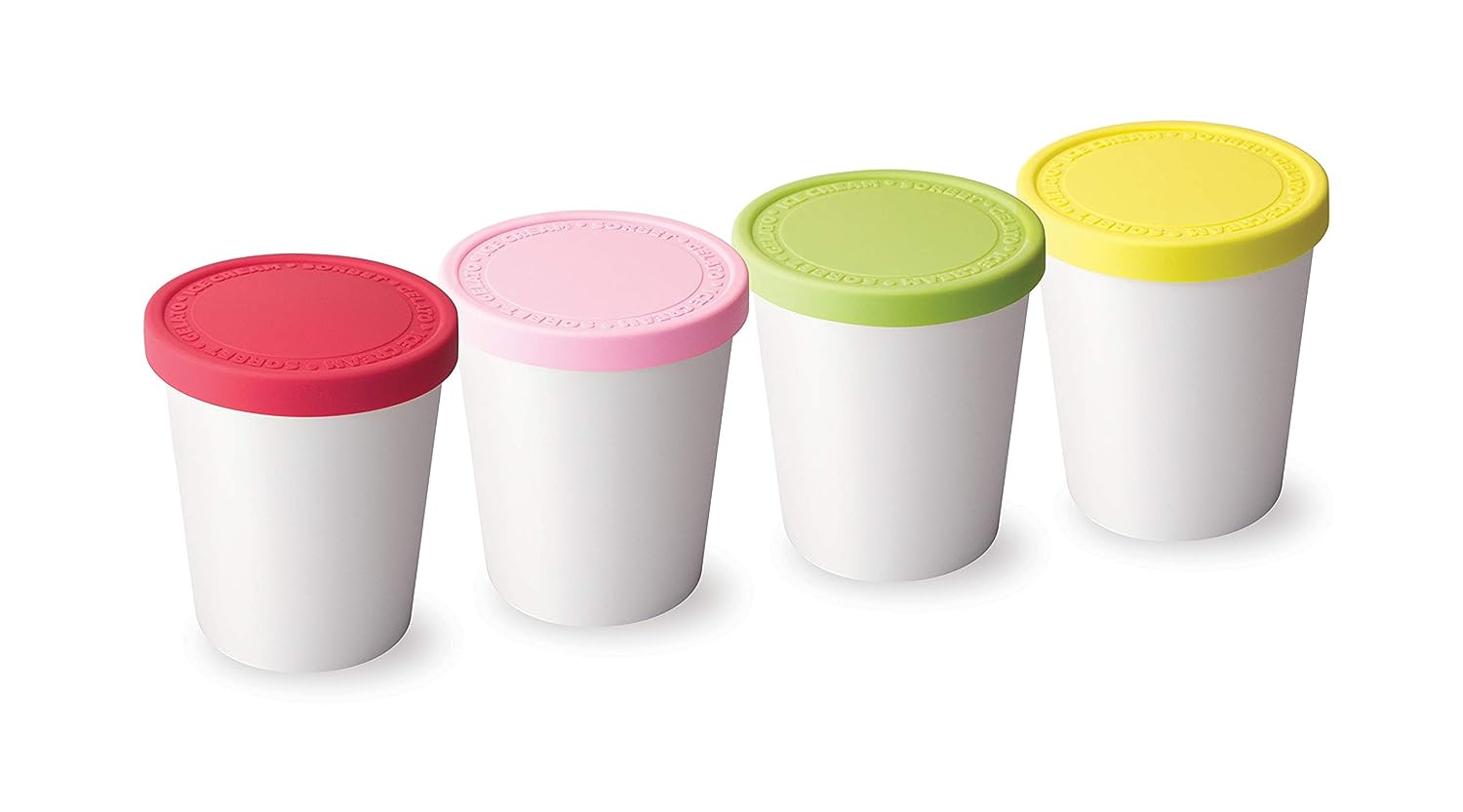
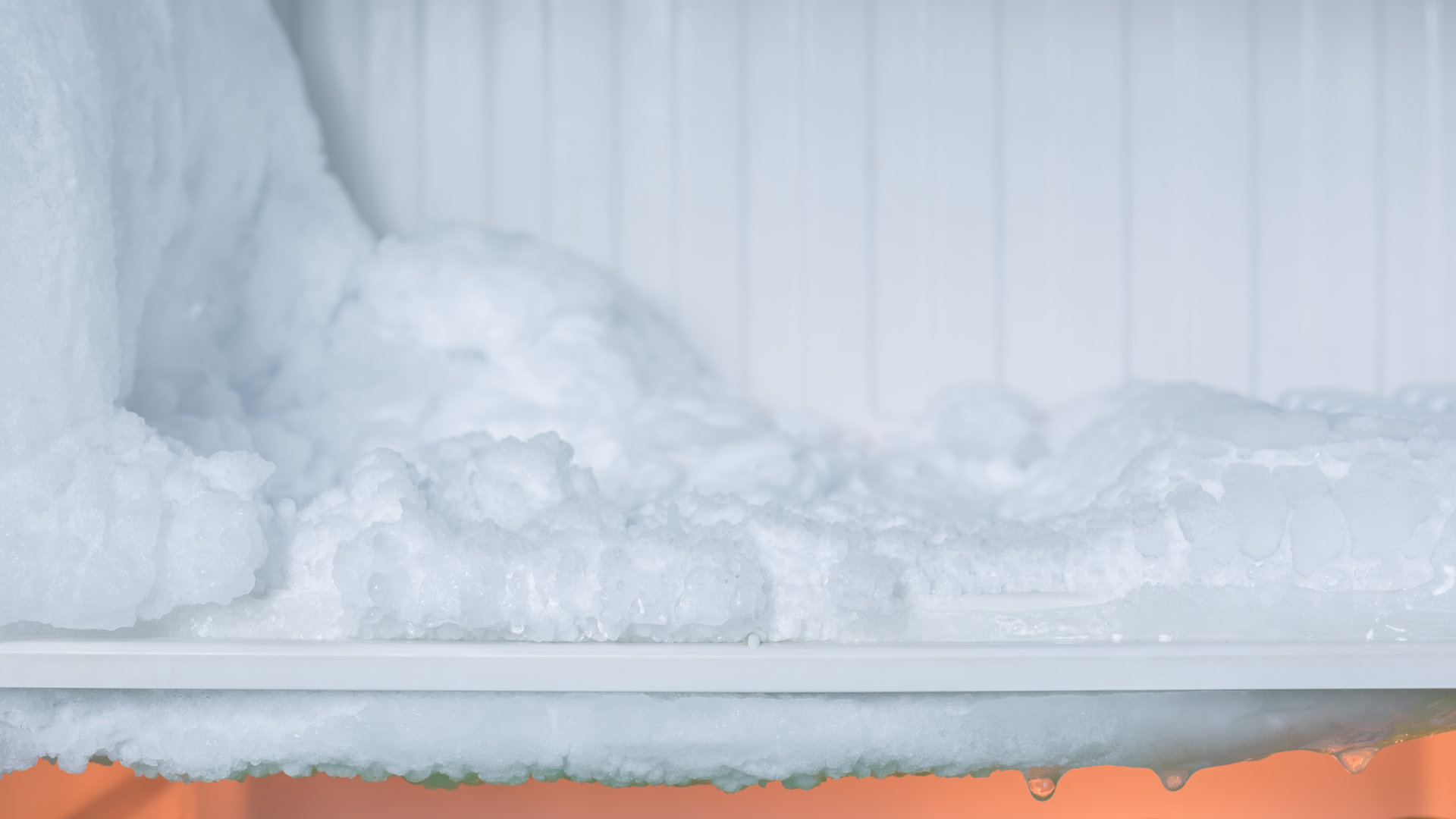
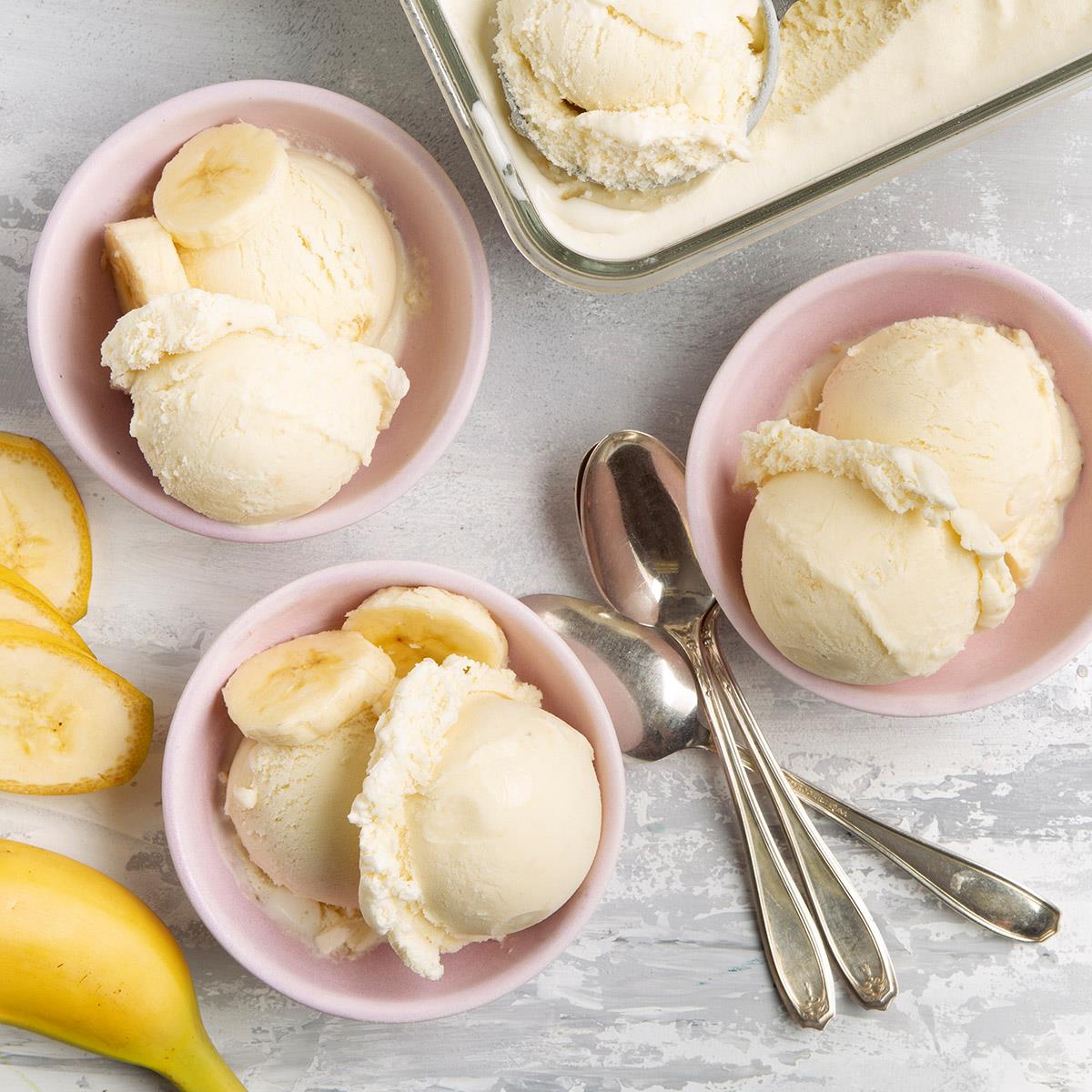
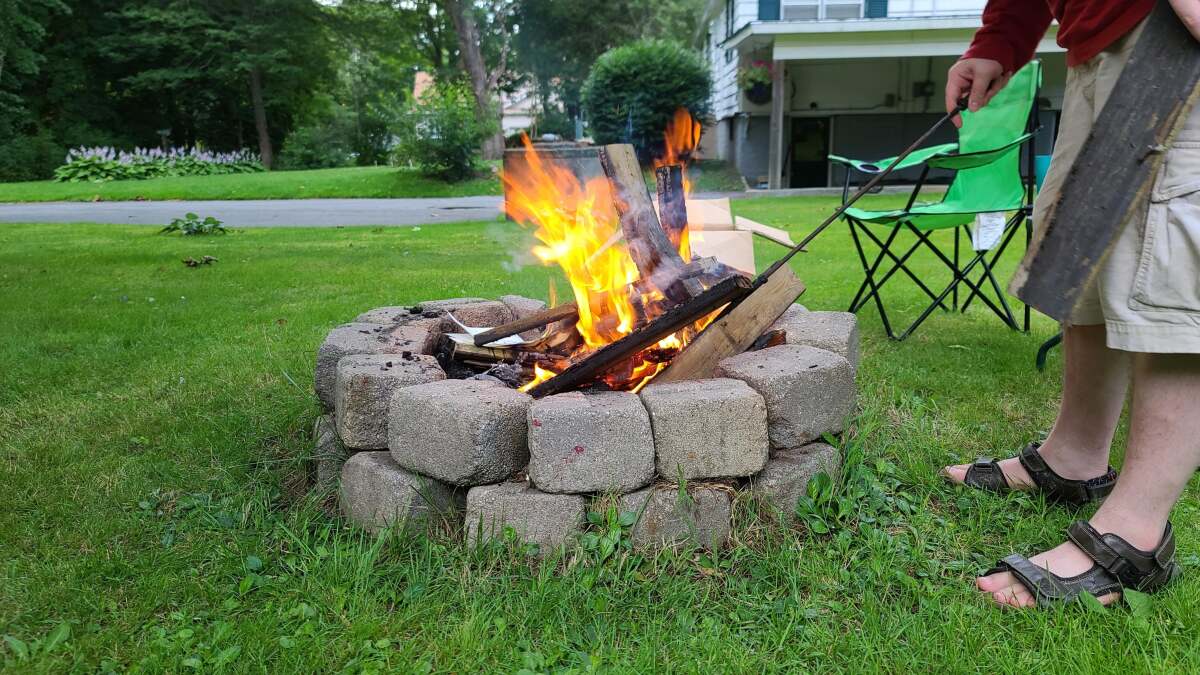
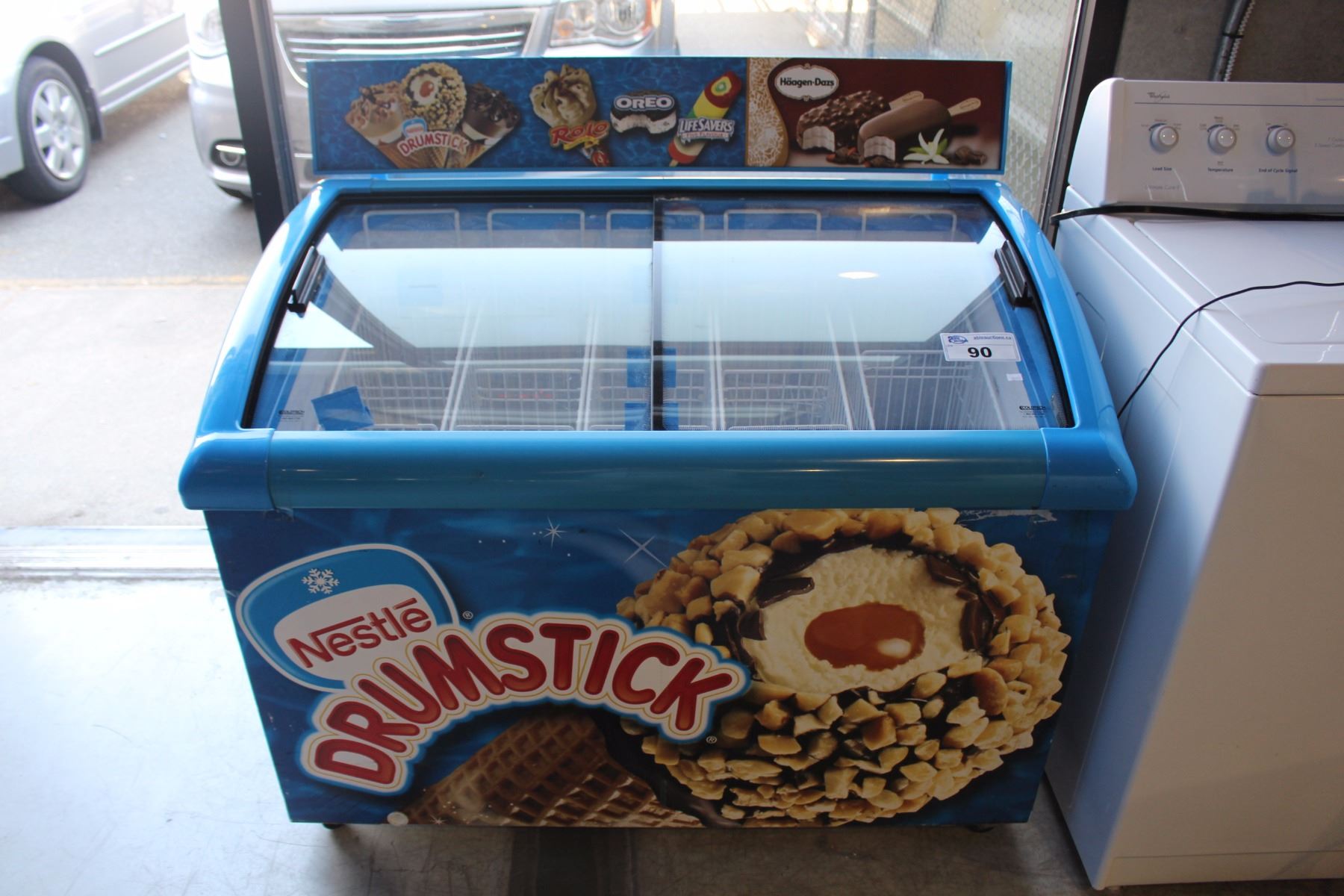
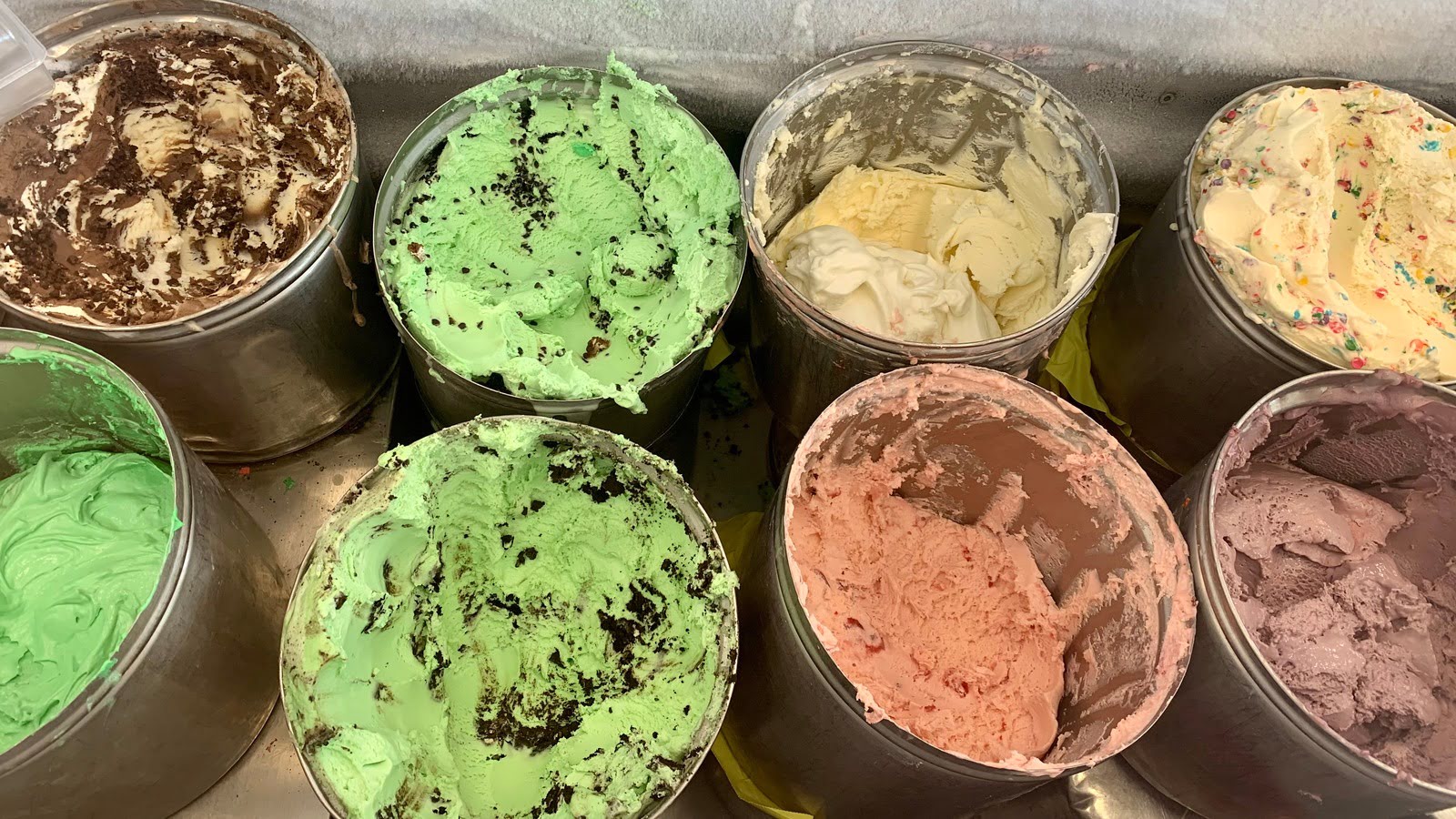
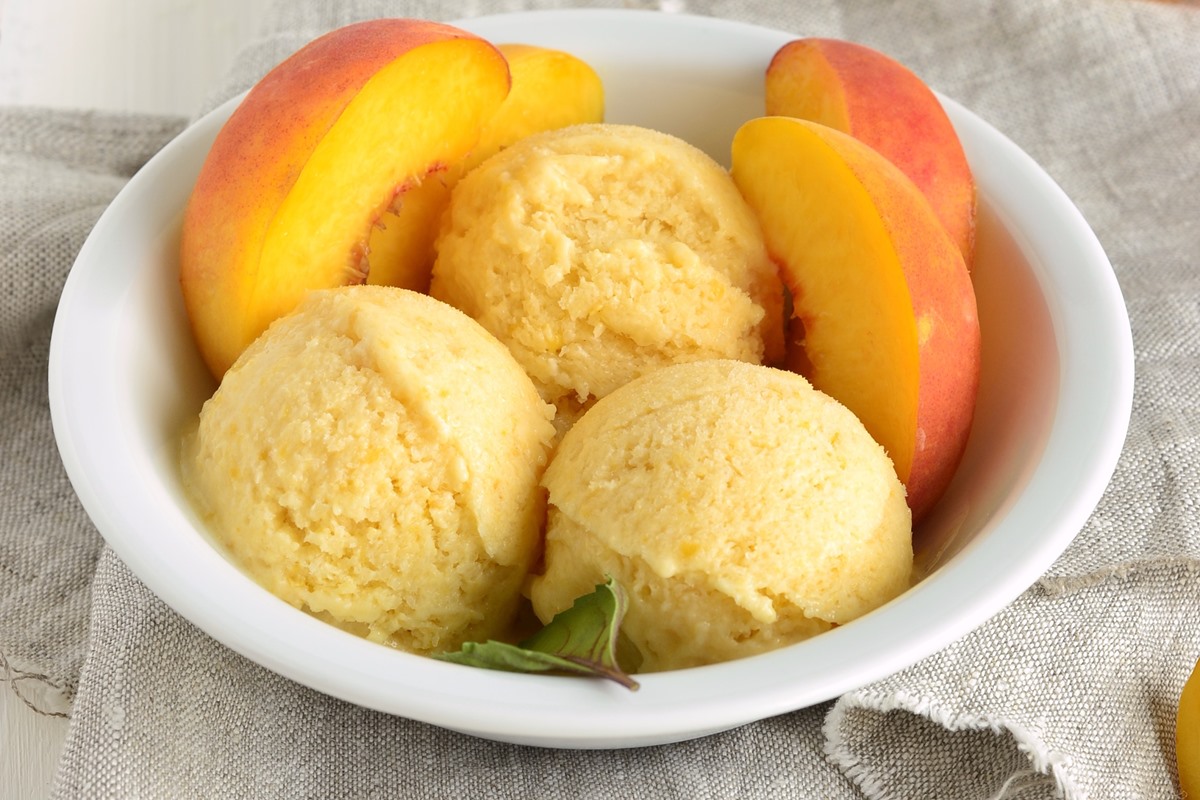

0 thoughts on “How To Keep Ice Cream From Getting Freezer Burn”